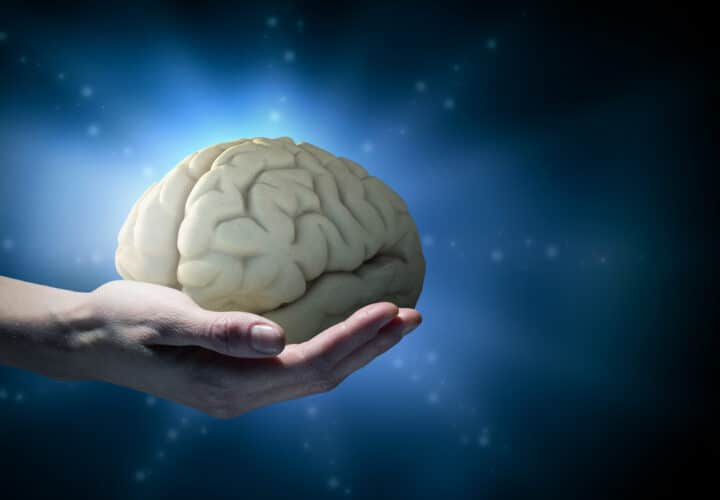Four dementia researchers have been awarded the world’s top prize in neuroscience, the Brain Prize, for work that has revolutionized how we understand Alzheimer’s disease.
The one million euro prize went to researchers John Hardy at University College London (UCL), Bart De Strooper, Director of UK Dementia Research Institute at UCL, Michael Goedert at Cambridge University and Christian Haass at University of Munich.
Hardy developed the beta-amyloid hypothesis, the most widely accepted theory of what causes Alzheimers—a build up of toxic proteins that form plaques in the brain, which then kill brain cells. He and Haass discovered how the production of beta-amyloid changes in people with rare, inherited forms of Alzheimer’s.
Goedert’s research has focused on tau, another toxic protein that forms into tangles in the brains of people with dementia, while De Strooper has tracked how errors in DNA replication lead to production of proteins that cause Alzheimer’s.
Alzheimer’s isn’t an area where there is usually much positive news to report—failure rates are at 99.6 percent for clinical drug trials, and, in recent months, some large pharmaceutical companies have announced that they are abandoning the search for a cure. The announcement of the prize being awarded to dementia researchers was met with enthusiasm.
“Since Professor Hardy’s initial genetic discovery, together these researchers have mapped out the key biological pathways in Alzheimer’s disease,” said Jeremy Hughes, Chief Executive at the UK-based Alzheimer’s Society. “Much of the ongoing drug discovery research builds on their pioneering work, looking for ways to stop the build-up of amyloid plaques and the spread of tau tangles, to one day stop Alzheimer’s in its tracks.”
Research like Hardy’s has shaped the landscape of potential drugs to treat Alzheimer’s, forming the basis for how they’re developed in clinical trials. Since his initial discovery, many drugs have targeted clearing beta-amyloid in the brain, either by getting rid of it once formed, or stopping its production altogether. But there is still no cure, and no consensus on what exactly might cause the disease—suggesting that it might be a combination of several processes that we still don’t understand.
At a conference in Boston in November of last year, Hardy said that new tests that identify patients at the greatest risk for Alzheimer’s, like the polygenic risk score, which calculates risk based on genetics, would allow for longer clinical trials. This would mean that researchers could better track how Alzheimer’s develops and, potentially, allow patients to get treatment as soon as amyloid starts to appear in the brain.
“In a perfect world, what you might do is give everybody polygenic risk score analysis by the age of about 60, and then follow up on the ones with a high risk with cerebrospinal fluid taps or amyloid scans,” said Hardy.
“This is a difficult stage just now while we can diagnose it but not treat it. But eventually we’ll get in a better position,” said Hardy, who plans to donate some of his winnings to care for Alzheimer’s patients.

